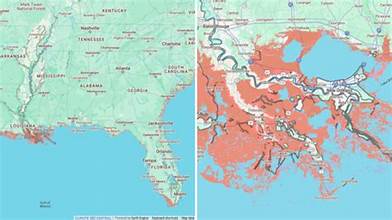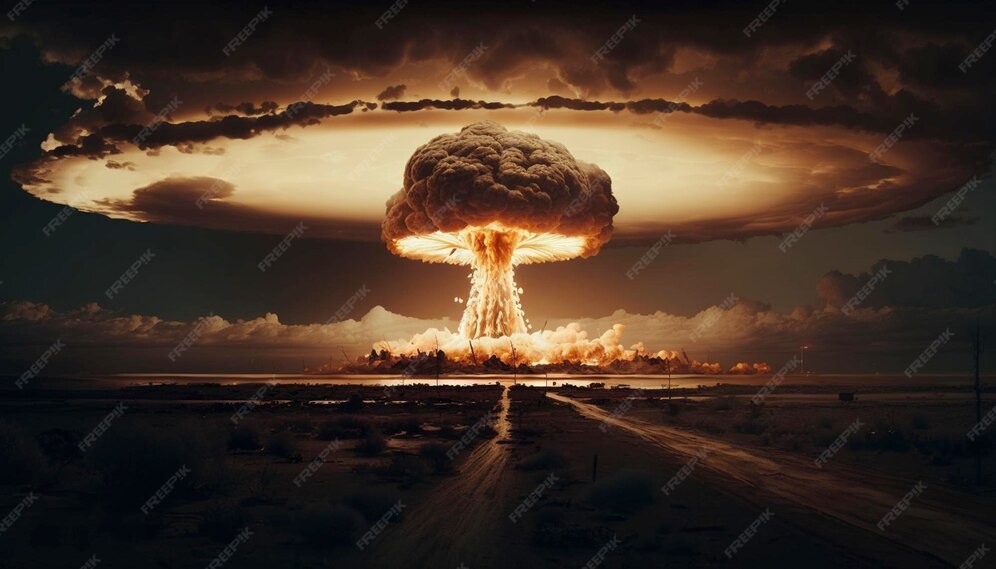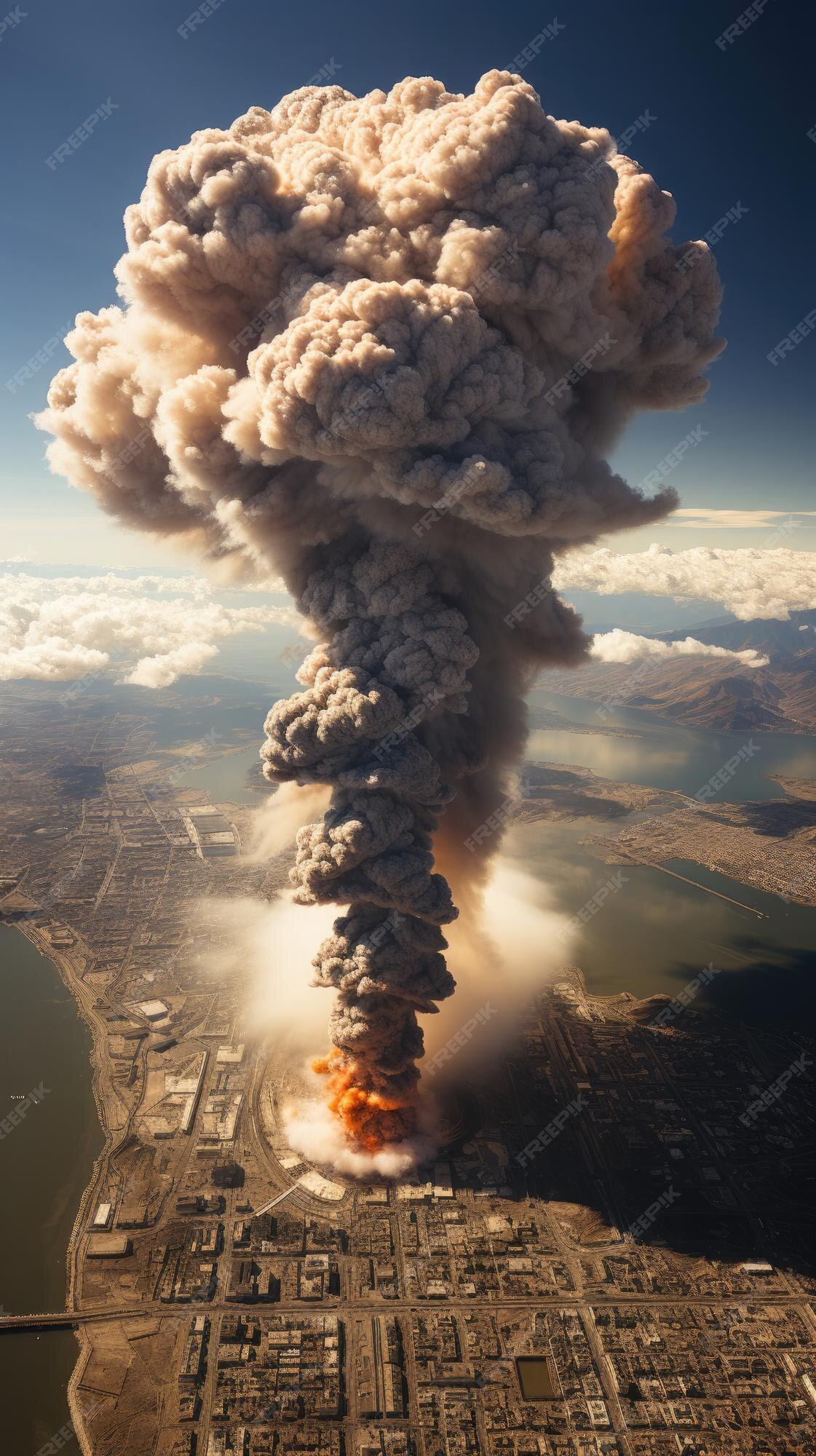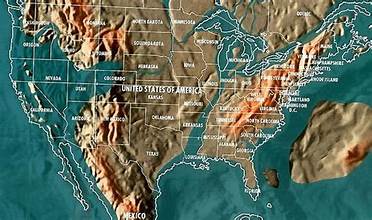By fypfeed | News | 13th August 2025
Experts have released sobering cautions along with new information on expected radiation exposure levels in the event of a nuclear explosion.
Highest Risk in Nuclear World War 3.” A new map showing the way a nuclear explosion could affect the nation has identified the US states would be in the most risk if an event happened.
The United States is one of nine countries currently confirmed to have nuclear weapons alongside other nations such as Russia, China, France and The United Kingdom, Pakistan, India, Israel, and North Korea.
In 2017 in 2017, the United Nations held a conference that aimed to reach a total prohibition on nuclear weapons, including measures that would stop the use of nuclear weapons on any country’s territory.
Today, as tensions around the world increase and the fears of a World War Three grow, speculations and discussions about the possible impact of a nuclear explosion are becoming more frequent.
Based on the data of the Scientific American’s earlier maps of nuclear attacks, Newsweek has produced a comprehensive illustration that shows the radiation exposure levels that are projected for.
The goal is to identify those areas that are that are most at risk as well as those most likely to remain secure if missile silos located in the country’s midsection were to be targeted.
The results of the map are based on the average radiation exposure estimations for each location of longitude and latitude by using a scale that is representative of the cumulative dose projected over the course of four days after the event.
The Most At-Risk States
Based on the estimations that are available, the states most likely to be most at risk from the event of an attack like this could be:
- Montana
- Wyoming
- Colorado
- Nebraska
- South Dakota
- North Dakota
- Iowa
- Minnesota




States With the Lowest Risk
The states that are considered to be the most risky are:
Maine, New Hampshire, Vermont, Massachusetts, Rhode Island, Connecticut, New York, New Jersey, Pennsylvania, Delaware, Maryland, District of Columbia, Virginia, West Virginia, North Carolina, South Carolina, Georgia, Florida, Alabama, Mississippi, Tennessee, Kentucky, Ohio, Indiana, and Michigan.
They fall into the category of safer because their radiation exposure is estimated to range between 0.001 Gy to 0.5 Gy.
To put it in perspective, those working with radiation are subject to an annual limit of exposure at 0.05 Gy and, at 0.5 Gy beginning symptoms such as nausea and vomiting could start to show.
The Harsh Reality
In the states with the highest risk the exposure ranges between 1 Gy all the way up to up to 84 Gy. For perspective radiation doses of more than eight Gy are typically considered to be as fatal by experts.
The exact level of risk in any particular area would depend on other factors, such as what direction the wind blows as well as the amount of nuclear warheads that are involved in the attack.
Yet, experts emphasize that there’s not a single spot within the country that could be completely safe should a major nuclear attack was to occur.
John Erath, Senior Policy Director of the Center for Non-Proliferation and Arms Control, said to Newsweek:
“While those who live close to military installations, ICBM silos in the Midwest or submarine bases along the coast could have one of the most urgent and serious consequences of a nuclear strike It’s a fact that a nuclear war or weapon detonation could be disastrous for all of us. “
“Nowhere is truly safe from radiation and its repercussions such as contamination of food items and water supplies, as well as prolonged radiation exposure. “















